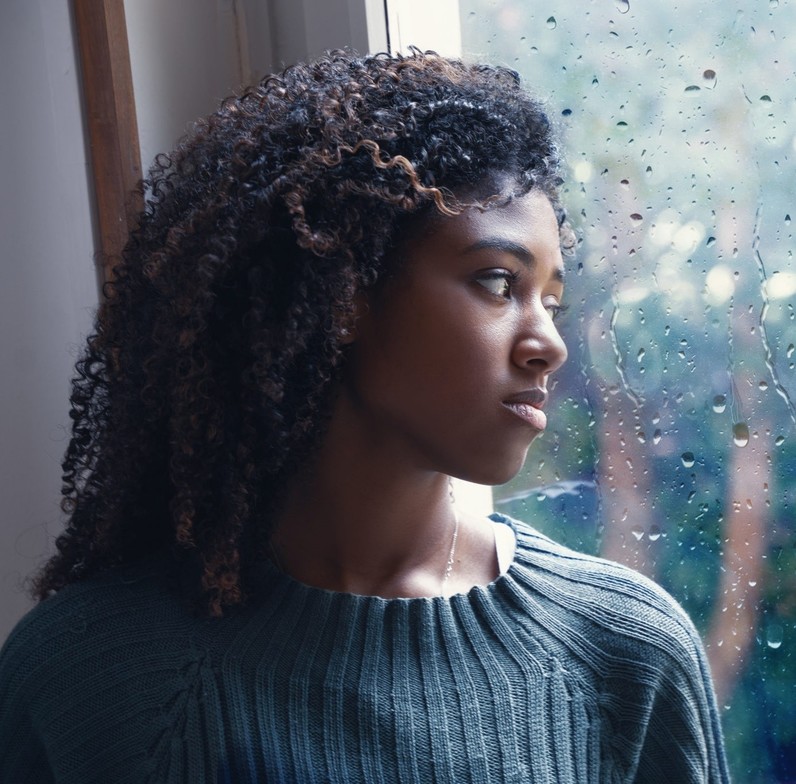
As the days grow shorter and the evenings come earlier, many people start to feel a subtle shift — a heaviness that creeps in with the cold. You might notice your motivation fading, your energy dipping, or a growing sense of sadness that doesn’t quite make sense. If that sounds familiar, you’re not alone. This seasonal shift has a name: Seasonal Affective Disorder (SAD) — sometimes called seasonal depression. And while it’s often dismissed as just “winter blues,” for many, it’s much more than that.
What Is Seasonal Affective Disorder?
SAD is a form of depression that follows a seasonal pattern — most often showing up in the late fall and winter months when sunlight decreases. Less light exposure affects your body’s internal clock (your circadian rhythm), serotonin levels (which influence mood), and melatonin (which regulates sleep).
In simple terms: your body and mind can feel out of sync.
Common symptoms include:
- Persistent low mood or irritability
- Fatigue and oversleeping
- Increased appetite (especially for carbs)
- Difficulty concentrating
- Loss of interest in activities that usually bring joy
For some, SAD can feel like a fog that slowly rolls in, dulling motivation and numbing pleasure. For others, it can trigger deep sadness or hopelessness that seems to come “out of nowhere.”
Why It’s Not Just in Your Head
There’s still stigma around feeling “down” in the winter — as if it’s a choice or a lack of gratitude. But SAD is rooted in biology, not weakness. Your brain chemistry, sleep cycle, and nervous system are deeply affected by changes in light and rhythm.
When daylight shortens, your serotonin drops and your melatonin spikes — the perfect storm for emotional sluggishness. Add in social isolation, pressure to “feel festive,” and post-holiday letdowns, and it’s easy to see why this time of year can be tough.
Small Shifts That Can Make a Big Difference
You can’t change the season — but you can support yourself differently during it. Here are a few evidence-based and therapist-approved tools to help lift the fog:
1. Light Exposure Get outside within 30 minutes of waking up, even on cloudy days. Natural light helps reset your circadian rhythm. Light therapy lamps can also mimic sunlight and are clinically shown to reduce SAD symptoms.
2. Move Your Body (Gently) You don’t need intense workouts — just movement. A daily walk, yoga, or stretching can release endorphins and counteract the sluggishness.
3. Reconnect SAD often makes people withdraw, but connection is medicine. Reach out to a friend, plan a small get-together, or join a community activity — even when you don’t feel like it.
4. Structure Your Days Create simple routines that bring consistency and purpose: same wake-up time, warm beverage rituals, or nightly wind-downs. Predictability helps your nervous system feel safe.
5. Therapy & Support If your symptoms persist or feel overwhelming, therapy can help you explore the emotional undercurrents beneath the seasonal triggers — especially if the darkness tends to bring up old wounds, grief, or loneliness. You don’t have to navigate it alone.
You’re Not Broken — You’re Responding to Change
If you find yourself struggling this time of year, please remember: you’re not lazy or overly sensitive. You’re a human being responding to less light, more stress, and a slower season.
Sometimes, your body is asking you to rest — not quit.
Sometimes, your emotions are whispering that something inside needs light, too.
Final Thoughts
Seasonal depression is not a sign of weakness; it’s a signal for care. The same way nature slows down, so can you — intentionally, compassionately, and without shame. And if you need help navigating the darker months — whether you’re feeling disconnected, emotionally flat, or overwhelmed — I can help you uncover what’s happening beneath the surface and find your way back to yourself.
Warmly, Bri Larson, MPCC, CCATP, CCTP-II Master Practitioner in Clinical Counselling
Bri Larson
Contact Me



